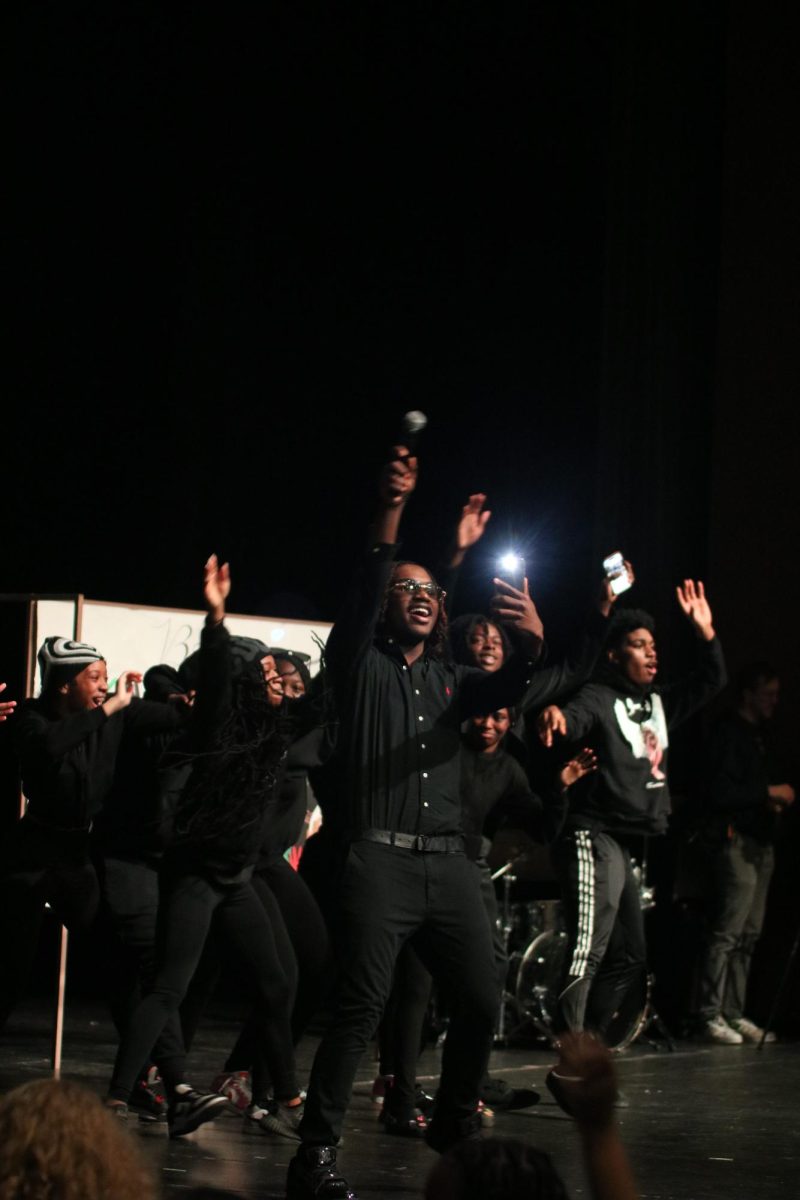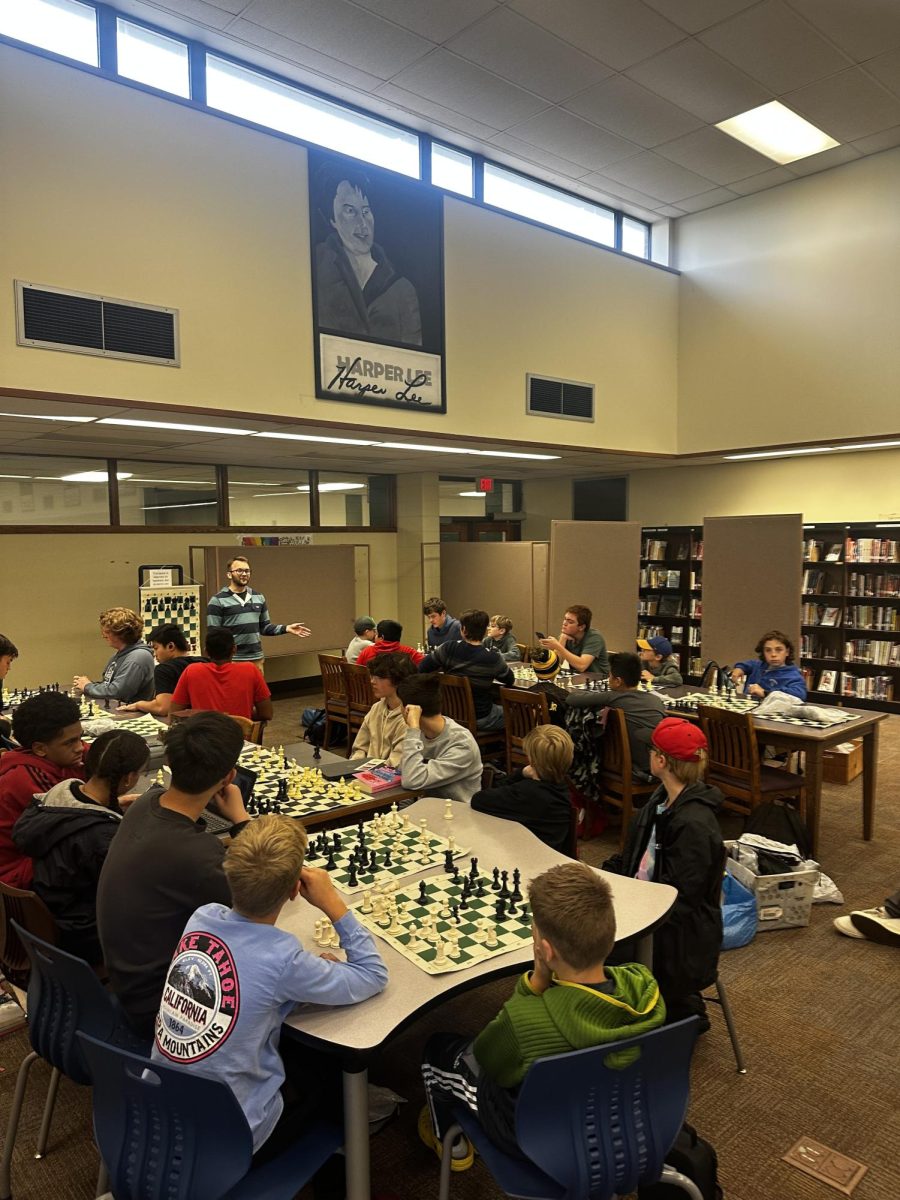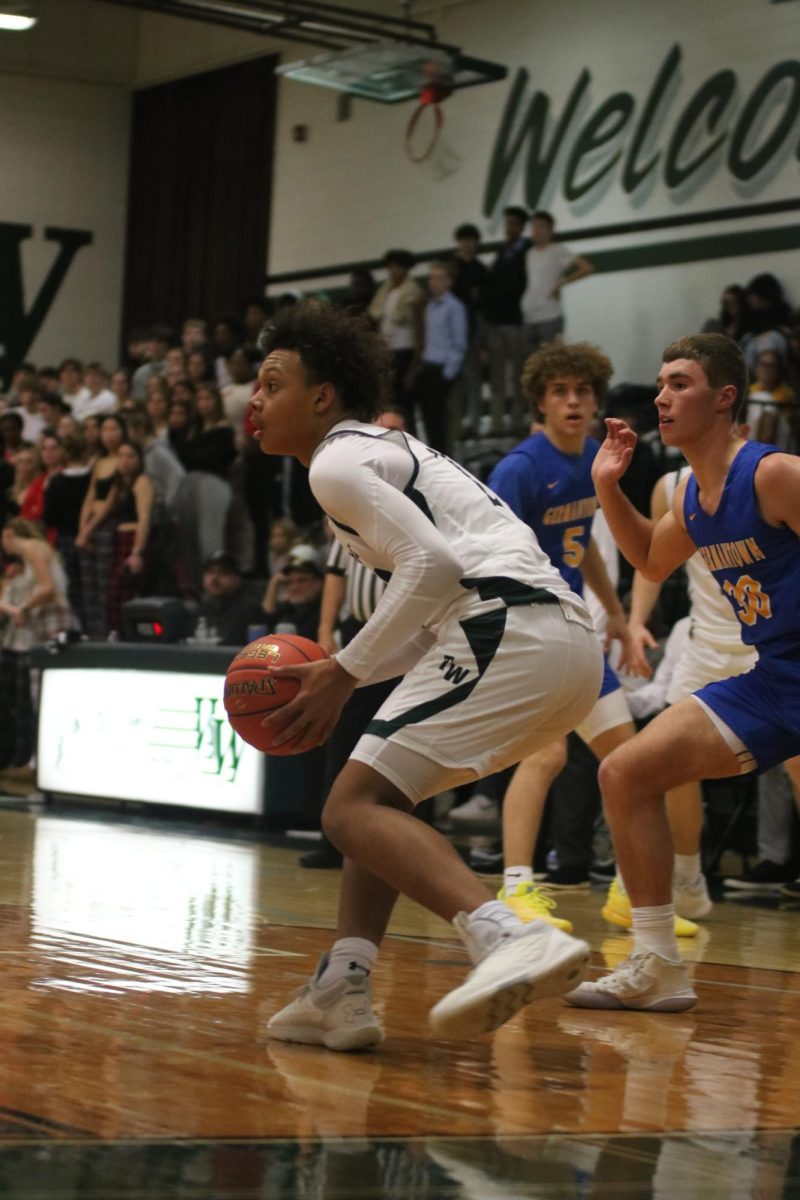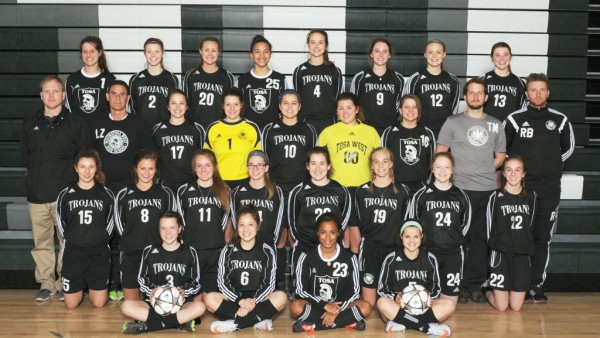Crumpled bits of paper flew through the air, littering the hallway with student opinions. It was nearing the end of homeroom, and Señor Esparza’s class was just finishing an in-class activity on bullying. Heading back to the classroom, the students prepared to read each other’s papers. Each held an anonymous opinion about bullying at Wauwatosa West. Comments ranged from why kids are bullied, to reactions about bullying occurrences at school. And they were not alone in this endeavor. In classrooms throughout West hundreds of kids were doing the same, attempting to create a dialogue about bullying.

This homeroom was only the latest response to a long line of tragic incidents, both at Wauwatosa West and throughout the nation. Like any school, West expects its share of bullying incidents. “You take people who are young, trying to figure out who they are and you throw them all together,” said Ms. Keppler, West Social Studies teacher and advisor to C.R.A.S.H. “It’s a recipe for disaster”.
Recent events, however, have surpassed general harassment problems. Last November, three male students of Wauwatosa West attacked a freshman on his way home from school. The attack brought national media attention, and cameras swooped down upon West High school. On the heels of yet another bullying homeroom, the incident spurred administration to tackle the issue again. “When the student body starts talking, it builds a momentum,” explained Mr. Zietlow, a West Social Studies teacher in charge of the bullying homerooms. “It’s in the minds of people; they know that this is important and we’re not accepting those kinds of behavior anymore.”
West Administration had another incentive to carry out these homerooms: state law. On May 12, 2010, the Wisconsin State Legislature passed Senate Bill 154. This bill mandated that each school district have some kind awareness program, as well as a formal policy relating to bullying. Wisconsin is the 43rd of 45 states to pass such legislation into law.
Both students and teachers are being targeted in attempts to increase awareness. Mrs. Patton, an associate principal at West, spoke of staff outreach. “I’m going to be doing this presentation on bullying with a video from the American Tolerance Society, giving statistical data and signs of bullying so we can be more proactive in identifying it right away,” she said.
High profile instances aside, bullying is often hard for teachers and parents to identify. “A lot of technology has changed bullying,” Ms. Keppler explained, “ and adults and society don’t necessarily know how to respond to it yet”. Mrs. Patton suspected many instances occurred that the school would never know about. “Kids don’t come into school and say hey—this is what happened on facebook,” she said.
Many high school students are reluctant to get help. “High schoolers have this mentality: I’m in high school and should be able to deal with my own problems,” explained Senior Alexandra Poli. Students want to be seen as adults, to deal with the problem by themselves. Though the best way to stop bullying is to report it, many victims stay away from the guidance office. “The Guidance counselors see quite a bit of it, but I’m willing to bet it’s just the tip of the iceberg,” asserted Brian Hoffman, a guidance counselor at west. “A lot of kids are intimidated to the point where they’re afraid that if they say something it’s just going to get worse”.
National statistics only serve to bolster these ideas. The 2009 Indicators of School Crime and Safety collected statistics from a variety of studies, finding that only about a third of actual bullying instances are reported. This report is created yearly in a joint effort by the Bureau of Justice Statistics and National Center for Education Statistics.
So the goal remains to encourage students to speak out and about bullying. One strategy is to get students talking about each other’s problems instead of self-consciously voicing their own. For Leah Rogers, a sophomore at West, homeroom paper-throwing successfully accomplished this task. “You’re not talking about yourself, but others, so it’s less uncomfortable,” she explained. Many students already know that bullying is wrong, but not understand the effect that bullying has on it’s victims. “My fear is not for the kid who comes in upset but for the kid that is so upset they want to take their own life or someone else’s,” Mrs. Patton disclosed. The homerooms are meant to make students aware of this, and thus encourage them to stand up for the victims of bullying. “There is a fine line between what you believe and what you are willing to go out and do,” said Mr. Zietlow, “You have to get people comfortable standing up for what is right”.










